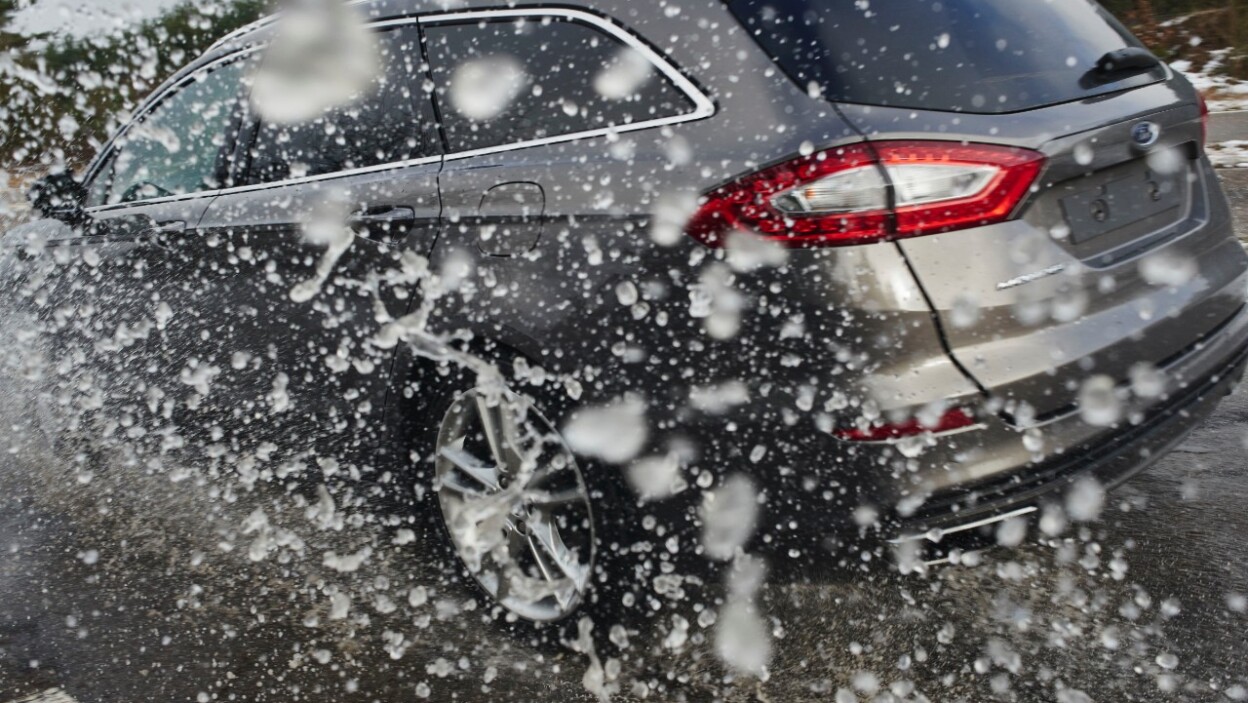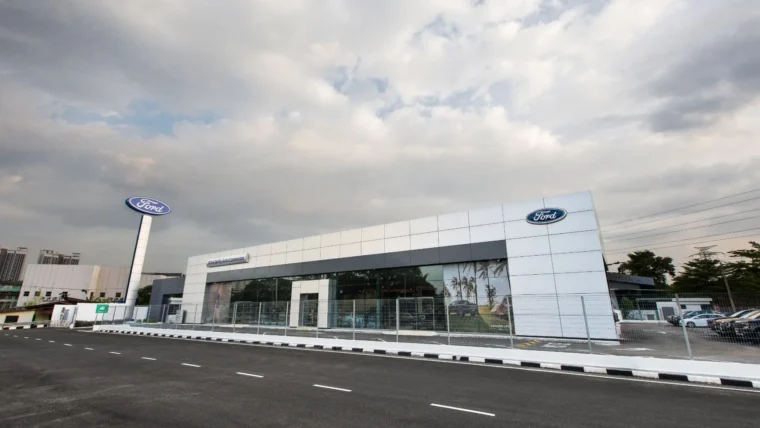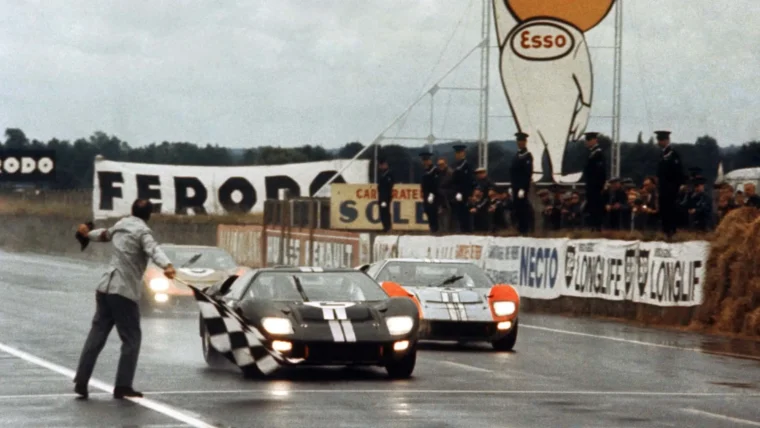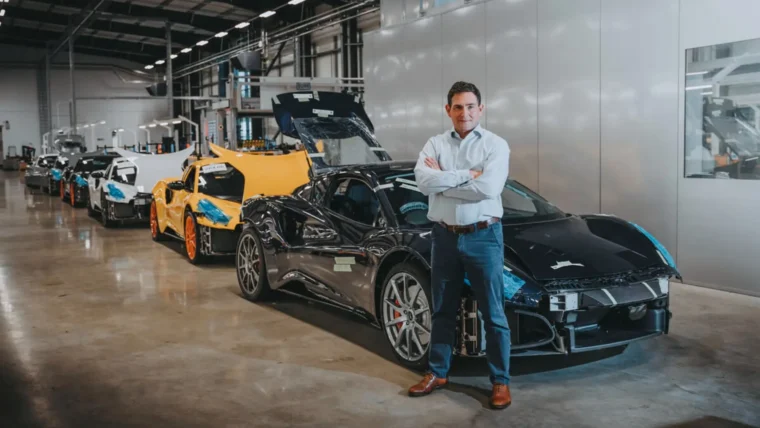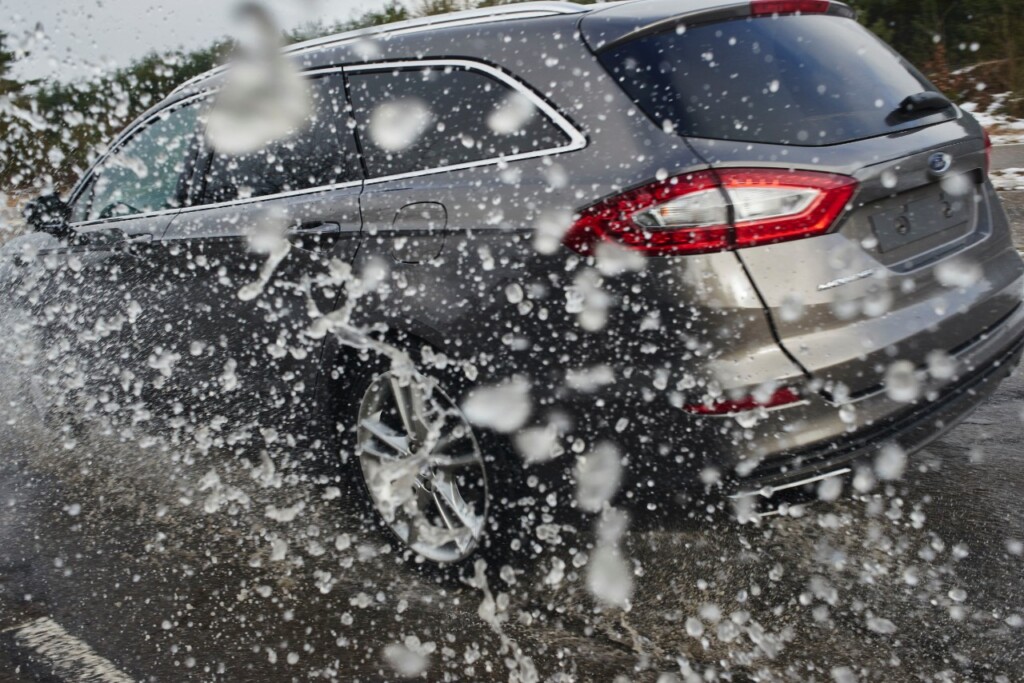
Have you ever driven away from a petrol station with the fuel nozzle still attached to the car? Do you have kids who like to slam the doors when they get in and out of the car? Ford has you covered for every eventuality…
From treacherous terrains that push chassis to their limits, to rigs that test the stability of cup holders even during aggressive cornering, Ford puts nearly every element of every vehicle it develops through a wildly diverse range of extreme durability tests.
At one end of the spectrum are adrenaline -charged tests in which vehicles are challenged to take on some of the world’s most treacherous conditions. From muddy ravines in the jungles of Thailand to traversing the arid deserts of the Australian Outback, to powering through endurance tests at high altitudes in China’s far west, the conditions can be brutal.
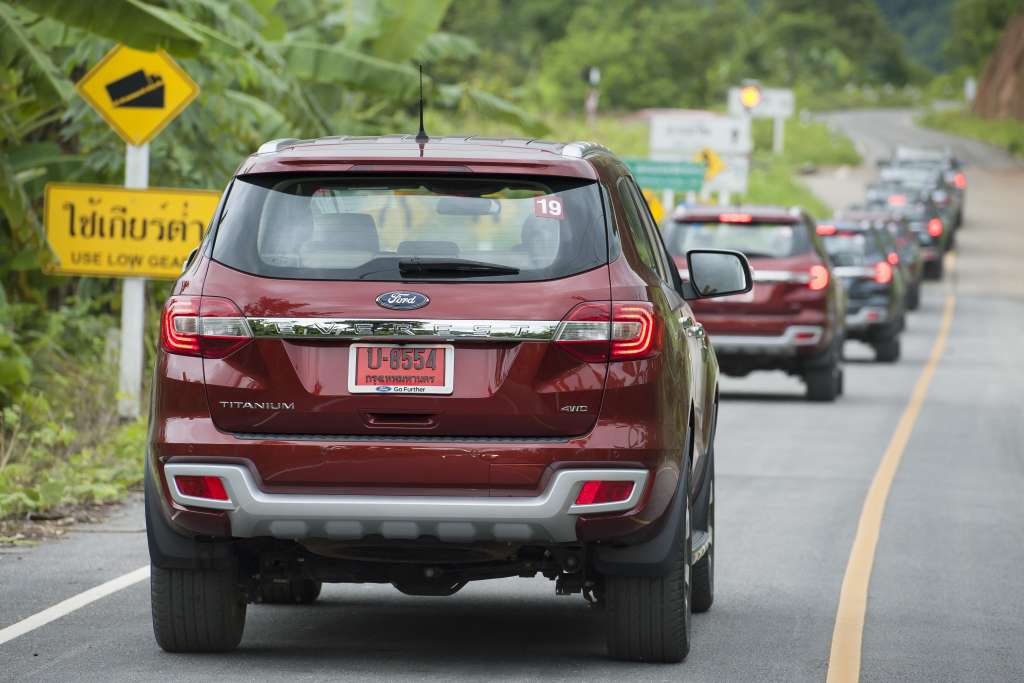
At the opposite end, tests are less spectacular but no less important. To make sure your car’s doors never break a sweat when opening and closing, Ford uses robots to open and close them nearly 84,000 times – equivalent to 10 years of standard use. To ensure your beverages don’t spill, Ford spins cup holders at speeds of 30 revolutions per minute, simulating 0.7 G-force of accelerating, braking or cornering. And to prevent a moment of absent-mindedness from damaging your fuel filler and cap, Ford tests how it responds to driving away with the fuel nozzle still in the car.
Ford conducts these tests because evaluating the quality and durability of a vehicle isn’t just about how well it can perform in sub-zero weather or driving thousands of kilometers on unpaved, rocky roads : It’s also about how well a vehicle can endure the wear-and-tear of daily life. There’s no test too big or too small – at Ford, every test counts.
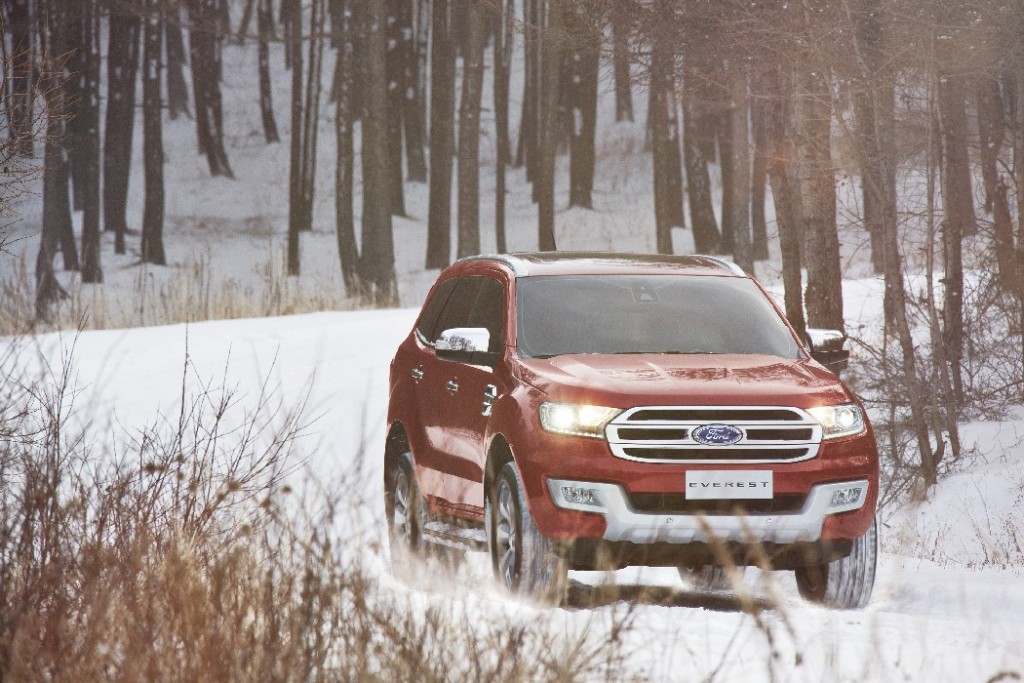
“Testing the durability and quality of a vehicle in rough and unpredictable situations is very important, but making sure that the vehicle can seamlessly handle the common and everyday functions drivers want, need and expect from their vehicle is just as important,” said Simon Varley, Testing Engineer Supervisor, Ford Asia Pacific. “Having to scale a mountain is an uncommon task for the majority of drivers, but having doors that open and close with ease is essential for everyone.”
Ford conducts tests on all vehicles designed in Asia Pacific using facilities at its Nanjing Research and Engineering Center in China, and at the Research and Development Center in Geelong, Australia.These tests simulate how people interact with their cars on a daily basis to guarantee that all Ford vehicles can take on anything and everything the world has to throw at them.
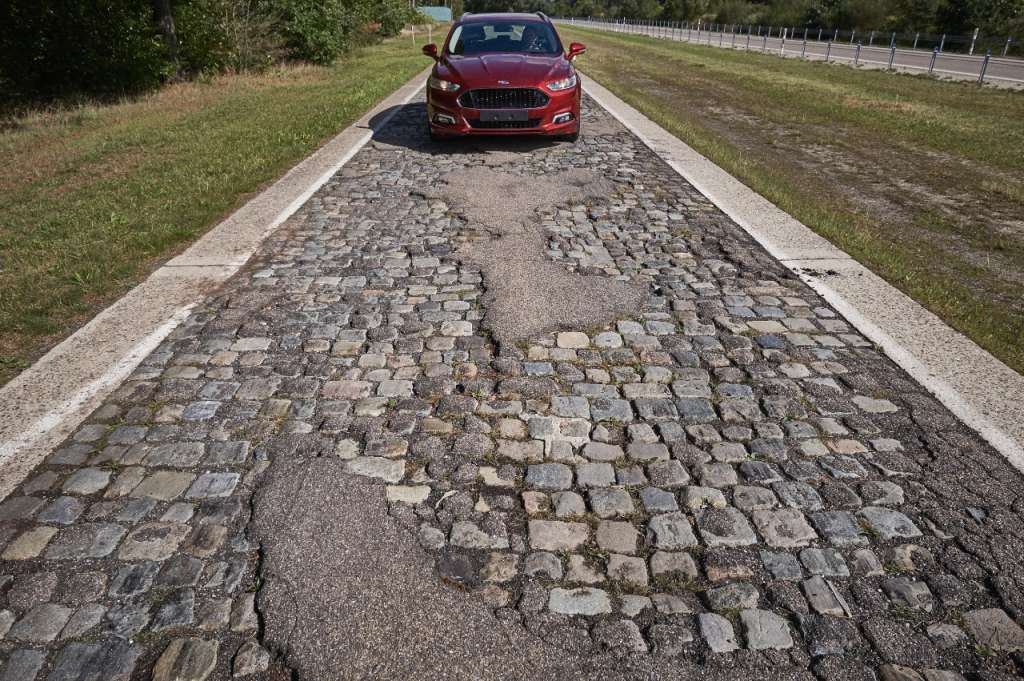
These are just some of the tests Ford uses to ensure all aspects of its vehicles can stand the test of time:
- Door, Boot and Bonnet Closure test: Tests how many times each can open and close before showing signs of wear and tear. At Ford, vehicle doors, boots and bonnets are opened and closed nearly 84,000 times.
- Cup Holder Stability test: Tests the ability of your cup holders to keep cups and bottles – from large McDonald’s cups to tea bottles commonly used in China – upright, even during heavy braking, accelerating or cornering. The cup holders are removed from the console and fitted into a rig that spins them around, simulating abrupt forces that occur while driving.
- Grab Handle Pull Cycle test: Tests the durability of the grab handles inside your car. A 1,000 Newton force is applied to the inside of the grab handle, which is equivalent to a 100kg person hanging on it. Also, a 450 Newton force is applied to the grab handle 3,000 times to simulate someone leaning on it to get in and out of the car.
- Fuel Filler Drive Away test: Simulates a driver accidentally driving away from the fuel pump with the nozzle still in the car, to make sure this doesn’t damage the fuel filler and cap, which can result in fuel leakage.
- Thermal Shock Performance test: Tests to ensure painted and chromed components of a car do not begin to rust, peel or deform if scratched, frozen at -40 degrees Celsius and hit with a jet of steam.
- Body Panel Oil Canning test: Tests that vehicle body panels (like the hood, roof, and doors) don’t move and make a “pop” noise when pressure is applied to them. This ensures the car feels durable and strong if a customer leans on it or applies pressure while washing it.
- Temperature Effect on Appearance test: Bakes plastic components of the car (such as the bumper and grille) at obscene temperatures to see it affects the way they fit, if they warp or if the colour changes. These parts are baked at 50 degrees Celsius for four hours, frozen at -40 degrees Celsius for four hours and also subjected to a test that simulated sun damage, which heats these components up to 88 degrees Celsius for an additional four hours.
These tests may not have the intrinsic shock-and-awe value of tests that put vehicles through the world’s most unrelenting terrains and conditions, but they are no less extreme or important.
Customers can be confident that nearly every function and element of their vehicle has been pushed to – and beyond – its limit, allowing them to focus on enjoying their Ford.
Other posts by AF Newsdesk

